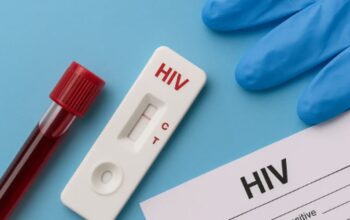VOTE-BUYING seemed to be here to stay, “forever” and it’s allegedly perpetrated by moneyed candidates in elections in Bohol and its price is going up but not gone.
This early, vote-buying in the form of cash bills with stapled piece of paper with a name of a candidate in it, seemed to be the order of the day as the judgment day is nearing.
The stapled name of the candidate in the money (bills) has been circulating and shared in the social media post, particularly in facebook, recently even before the actual voting.
Vote-buying is called “inangayan” in vernacular, which, in truth, is not really fair, in terms of the amount involved.
It is being jested that in vote-buying blessed are the rich for they shall have the votes to win. It may be true as TIMES observed that those who win in any posts are mostly those who are moneyed.
The poor candidates have always very slim chance to win simply because they have no money to do vote-buying or maybe, they refuse the “game of the devil” in politics.
According to Bohol Poll 2022 opinion survey of 400 respondents conducted on Fe. 28 to M1rch 21, Sixty-nine percent (69%), 7 out 10, have received money from candidates in May 2019 elections.
“The biggest amount they received from a single candidate was P5,000.00, while the smallest was P20.00. In total, P20,000.00 was the biggest amount received in the May 2019 elections and the smallest was P100.00,” the survey said.
It said that “the smallest amount received from one candidate in 2016 and 2019 elections did not change but the biggest amount doubled in 2019 elections from P2,500.00 (2016) to P5,000.00 (2019).”
The survey said that 52% or 5 out of 10 voters said that the vote-buy “has no impact at all with regard to their political preference, while only 15% of those voters who received the “inangayan” said it had little impact on the decision on whom to vote for.
949,791 Registered Voters
Meanwhile, there is now a total of 949,791 have registered voters in 1,109 barangays of the 47 towns and a city in the province in the coming May 9, 2022 local and national elections.
But there was no estimate yet how many or percentage of the total registered voters who are expected to cast their votes.
As expected, third district comprising 19 municipalities has the biggest voting population with a total of 320,786.
This is followed by first district of 14 towns and a city with total 316,471; and second district comprising 14 towns with 312,534.
There are 1,072 voting centers; 1,723 clustered precincts; and 6,143 established precincts.
The top ten voting population are the following: Aside from Tagbilaran City which has a total of 70,254, Ubay has the biggest with 50,205.
This is followed by Talibon, 42,762; Carmen town with 35,225; Inabanga, 31,877; Dauis, 31,781; Loon, 30,156; Panglao, 28,052; Jagna, 24,338; Guindulman, 24,148; and Calape, 22,819.
First district towns: Alburquerque, 7,775; Antequera, 10,139; Baclayon, 14,180; Balilihan, 4,669; Catigbian, 16,269; Corella, 6,084; Cortes, 11,748; Maribojoc, 14,759; and Sikatuna, 5,141.
Second district: Bien-Unido, 18,684; Buenavista, 22,032; Clarin, 16,375; Dagohoy, 13,425; Danao, 13,834; Getafe, 21,499;Pres. Carlos Garcia, 16,793; Sagbayan, 16,758; San Isidro, 7,246;San Miguel, 17,329; and Trinidad, 23,715.
Third district: Alicia, 17,111; Anda, 13,817; Batuan, 9,920; Bilar, 13,418;Candijay, 21,628; Dimiao, 11,141; Duero, 14,109; Garia-Hernandez, 18, 085; Lila, 7,780; Loay, 12,917; Loboc, 13,855; Mabini, 19, 861; Pilar, 19,243; Sevilla, 8,146; Sierra-Bullones, 17, 853; and Valencia, 18,191. (rvo)



